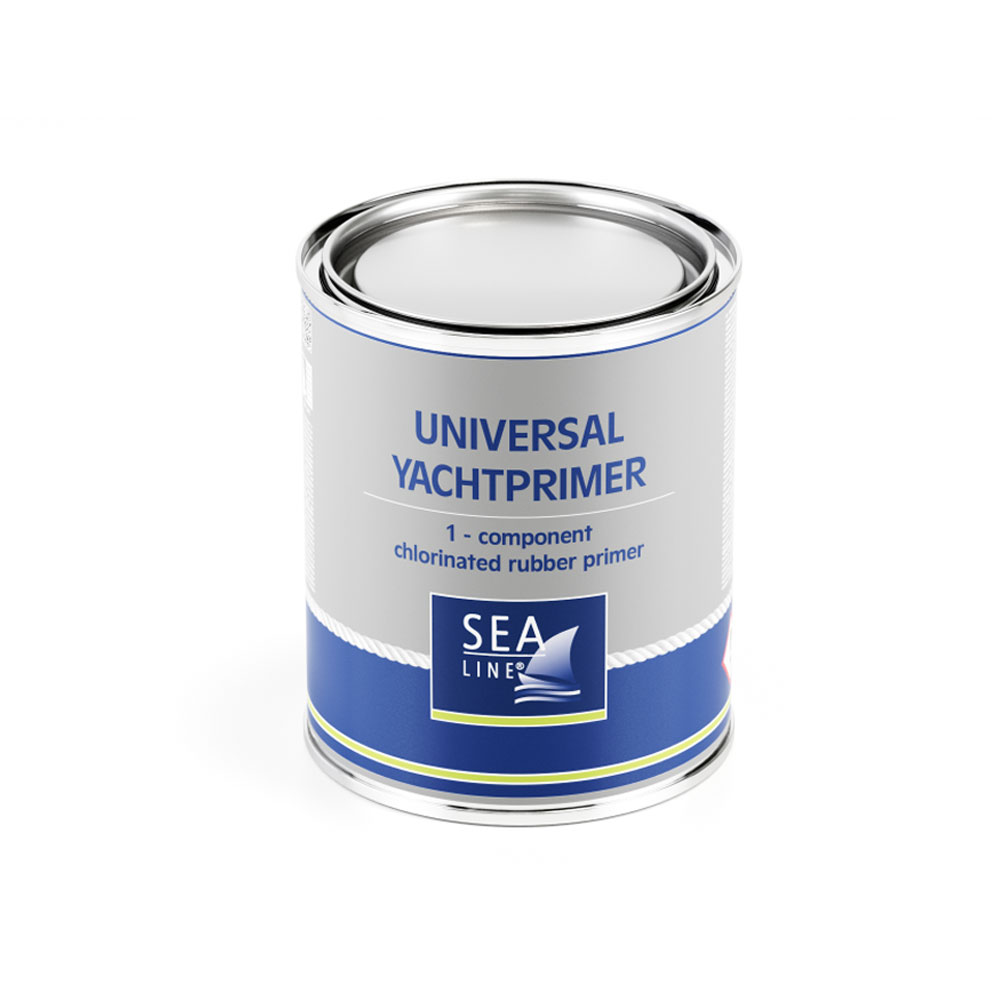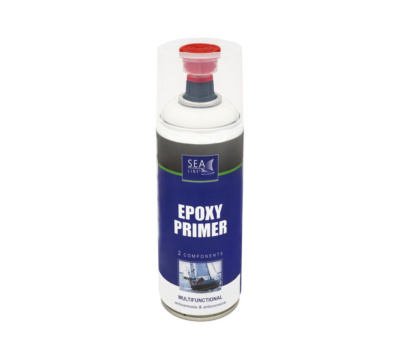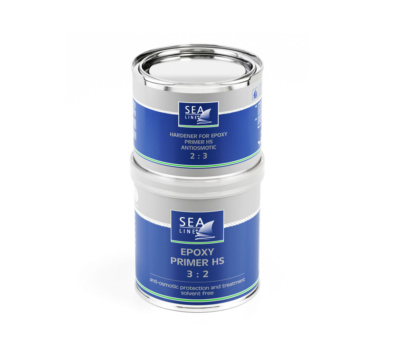A multifunctional single-component marine primer based on chlorinated rubber, recommended for use on laminate, wood, and steel.
It is certainly the easiest-to-use primer from the Sea-Line brand.
| Capacity | Code |
|---|---|
| 750 ml | 300008172 |
| 2,5 l | 300008174 |

| Type | GRP- laminates, wood, stel | |
| Place | Above and below waterline | |
| Function | Grounding Intercoating | |
| Application | brush, roll, spray gun | |
| Thinning | Thinner for 1 – component primer, varnisch, enamel | |
| Theoretical coverage For 1l | ~7 m2 for 140 μm WFT/ 65 μm DFT | |
| Number of coats | 1 – 5 | |
| Dust dry 20°C | 1 h | |
| Resistant against rain 20°C | 4 h | |
| Waterproof 20°C | 16 h | |
| Time to launch 20°C | min. 24 h | |
| Elapsed time before applying next coat 20°C | min. 5 h | |

The offered EPOXY PRIMER SPRAY 2K is a 2-component epoxy primer with multifunctional applications. This

This is a multifunctional paint that protects, enhances adhesion, and also protects against osmosis. Lightprimer

This particular product is recommended for protecting the laminate below the waterline, especially for repairing
If the scratches are not deep, then we can renew the scratched side by polishing with Sea-Line polishing pastes. Above the waterline, when the scratches are not deep, the surface can be repaired with a DRY FAST gel coat filler. Deep scratches should be filled with epoxy filler (selected depending on the requirements of the scratched surface), painted with a primer and then painted with topcoat.
Sea-Line HARD and Sea-Line self-polishing antifouling are not intended for aluminum surfaces. They include copper oxide, which in contact with aluminum causes galvanic corrosion. Especially on aluminum, we offer ALU-PLUS self-polishing anti-fouling paint, which, in addition to excellent adhesion to aluminum, is also 30% more effective than traditional anti-fouling paints.